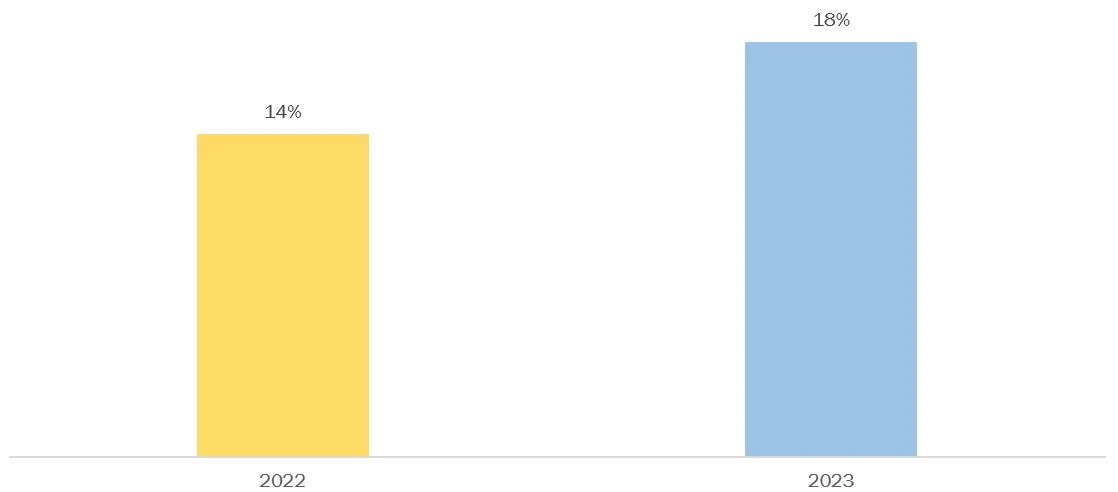How Electric Vehicle Telematics is Driving the Future of Smart Mobility
Telematics refers to the use of information technology, as well as telecommunications, about vehicles, particularly in electric vehicles, to transmit and receive data. In today’s world, technology enables twenty-four communications between electric vehicles and the systems that control them from the locations of their operations, which enables more than just the monitoring of the vehicles’ locations.
In the context of EVs, which are evolving with alternative sustainability practices, the incorporation of telematics is worth noting as it revolutionises the collection and application of data from electric vehicles. In the development of electric mobility, the role of Telemedicine as a sub-discipline of medicine and information technologies cannot be neglected. In this paper, we portray the role of telematics concerning the ever-growing demand as regards source collection on electric vehicles. This also directs us to possible practical responses to this and sustainable advancement.
As the world tends towards sustainable modes of transport, electric vehicles (EVs) have become an important element of intelligent mobility solutions. This trend also incorporates electric vehicle telematics which is the integration of analytics, telecommunications and on-vehicle systems. It revolutionizes vehicular connectivity and the usage of vehicles within smart cities with the use of advanced technology. Which has also increased the sales of electric vehicles globally, for instance, as per the International Energy Agency, the sales of electric vehicles increased by 3.5 million in 2023 compared to 2022, a 35% annual increase. Compared to 2018, this is more than six times higher.
Figure 1: Global Electric Vehicle Sales, in Millions, 2022 to 2023

Source: International Energy Agency
EV Telematics is Shaping Smart Mobility in the Following Ways
- Real-Time Battery and Range Management
- Monitoring Vehicle Health and Predictive Maintenance
- Operational Efficiency and Fleet Management
- Data-Driven Perspectives for Private and Public Transportation Solutions
- Improving Driver Experience and Safety
- Smaller Systems
Let’s discuss each one in detail.
1. Real-Time Battery and Range Management
EV telematics informs the user about the battery status, charge levels, and range in real-time. It reduces range anxiety as it facilitates effective trip management for fleet operators and drivers. Collectively based on the battery usage, the telematics systems can give the best routes, and charging time estimates, and warn the users concerning the available charging locations. Telematics-based smart charging techniques allow fleet managers to reduce downtime and enhance energy efficiency. For example, in ride-hailing electric vehicle fleets, telematics ensures that the driver is routed to a charging station whenever they have idle time or between trips.
2. Monitoring Vehicle Health and Predictive Maintenance
The usage of predictive maintenance through the analysis of telematics data has aided in sustaining vehicles for a longer period by detecting problems at a nascent stage and minimizing breakdowns. This is useful for vehicles, especially EVs, with fleet management systems where telematics help monitor parameters such as battery health or even the cooling system, alerting the driver or fleet manager of any possible problem ahead of time before it gets worse. This ensures continuous operations, reduces costs for maintenance and enhances the reliability of mobility services such as EV car-sharing services.
3. Operational Efficiency and Fleet Management
In the sphere of electric fleet management, electric vehicle telematics plays a crucial role as it provides information that helps the operator monitor several vehicles at the same time and in real time. Fleet managers can control costs and ensure uninterrupted service by monitoring driver behaviour, energy consumption, vehicle position, as well as the efficiency of the route taken. For example, telematics information supports automated vehicle dispatch systems that allocate vehicles based on demand and adjust vehicle movements to minimize wait times.
4. Energy Management and Smart Charging
Due to their interoperability with the smart grid, telematics systems for electric vehicles (EVs) enable efficient energy consumption such as charging of vehicle batteries only when the electricity consumption is at its lowest.
In vehicle-to-grid systems (V2G), there are provisions for electric vehicles (EVs) to put back surplus energy to the grid at certain times of the day which is beneficial in reducing the grid load. Telematics ensures the interaction of parking spaces, charging points, and transportation networks in smart cities. Reducing grid load helps reduce costs of running EV fleets, and increases their ecological sustainability.
5. Data-Driven Perspectives for Private and Public Transportation Solutions
In smart cities, mobility planning can be enhanced by the enormous amounts of data that vehicle telematics systems collect from the vehicles, the drivers and the urban traffic. Aggregated telematics data can be deployed by the authorities to improve public transport, ease traffic, and set up a charging infrastructure that can be sustained by the demand levels. For example, the telematic information from an EV fleet operated by a city’s transit authority – this data could be used to install additional charging stations in the city or to re-route existing bus service.
6. Improving Driver Experience and Safety
EV telematics enhances safety by monitoring driver behaviours, such as sudden stops or quick accelerations, and providing training information to improve their driving skills. Telematics enhances emergency assistance systems and collision alerts that ensure immediate help in cases of an accident.
Such systems even connect to the in-car entertainment units and provide a live interactive map to the driver, directing him on where to turn next and how to make the best use of his vehicle. For instance, less aggressive driving results in lesser insurance, accidents, and costs related to the fleet being out of commission for repair.
7. Boosting Mobility-as-a-Service’s Development
In Mobility-as-a-Service (MaaS) ecosystems, where several transport modes like public transport, e-scooters, or car-sharing services are accessed through a single system, electric vehicle (EV) telematics plays a significant role.
Telematics systems allow for more effective management of electric vehicle fleets on MaaS platforms and improve the status updated in real-time by ensuring that the cars are located in a way that corresponds to demand. For example, EV-crediting systems utilize telematics to make sure that there is a charging station within the vicinity of requested cars and that those cars are fully charged and ready.
Silicon Carbide’s Impact on Electric Vehicle’s Performance
The overall performance of these vehicles is significantly impacted by the integration of SiC technology into EVs. Due to SiC’s special characteristics, several operational parameters, including efficiency, range, acceleration, and charging times, can be significantly improved.
In conclusion, telematics of Electric Vehicles is revolutionizing smart mobility by enabling data-based decision-making, enhancing operating practices and ensuring connectivity. The cities are bound to grow smarter with the integration and application of electric vehicles in cities of the future, telematics will be inevitable.
The telematics of electrical vehicles provides the tools to lift the enhancement of society towards more sustainable transportation networks; from fleet operators maximizing the efficiency of their transport routes to the cities planning for electric vehicle energy charging points. T-Telematics, electric vehicle technology and smart city network integration will revolutionize mobility solutions across the globe and maximize their use.
Find some of our related studies:



